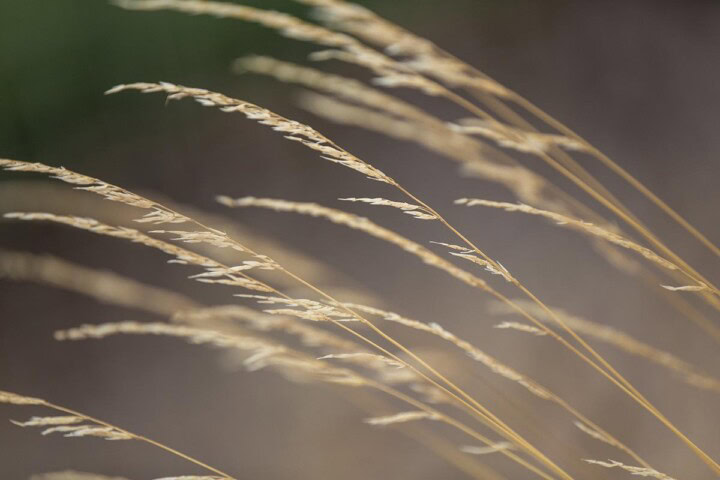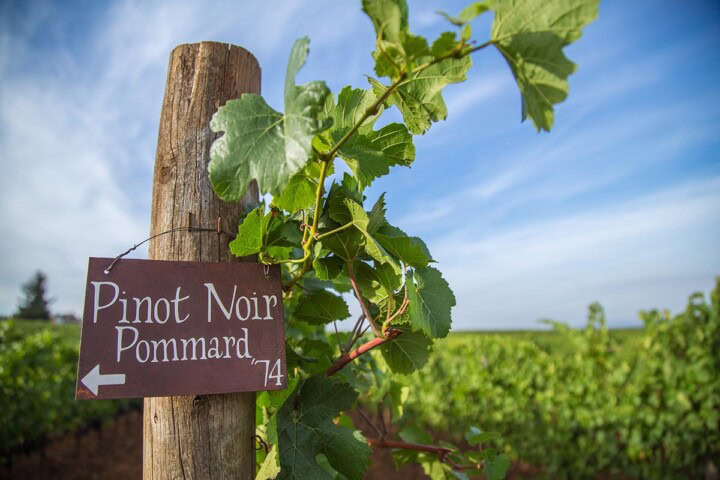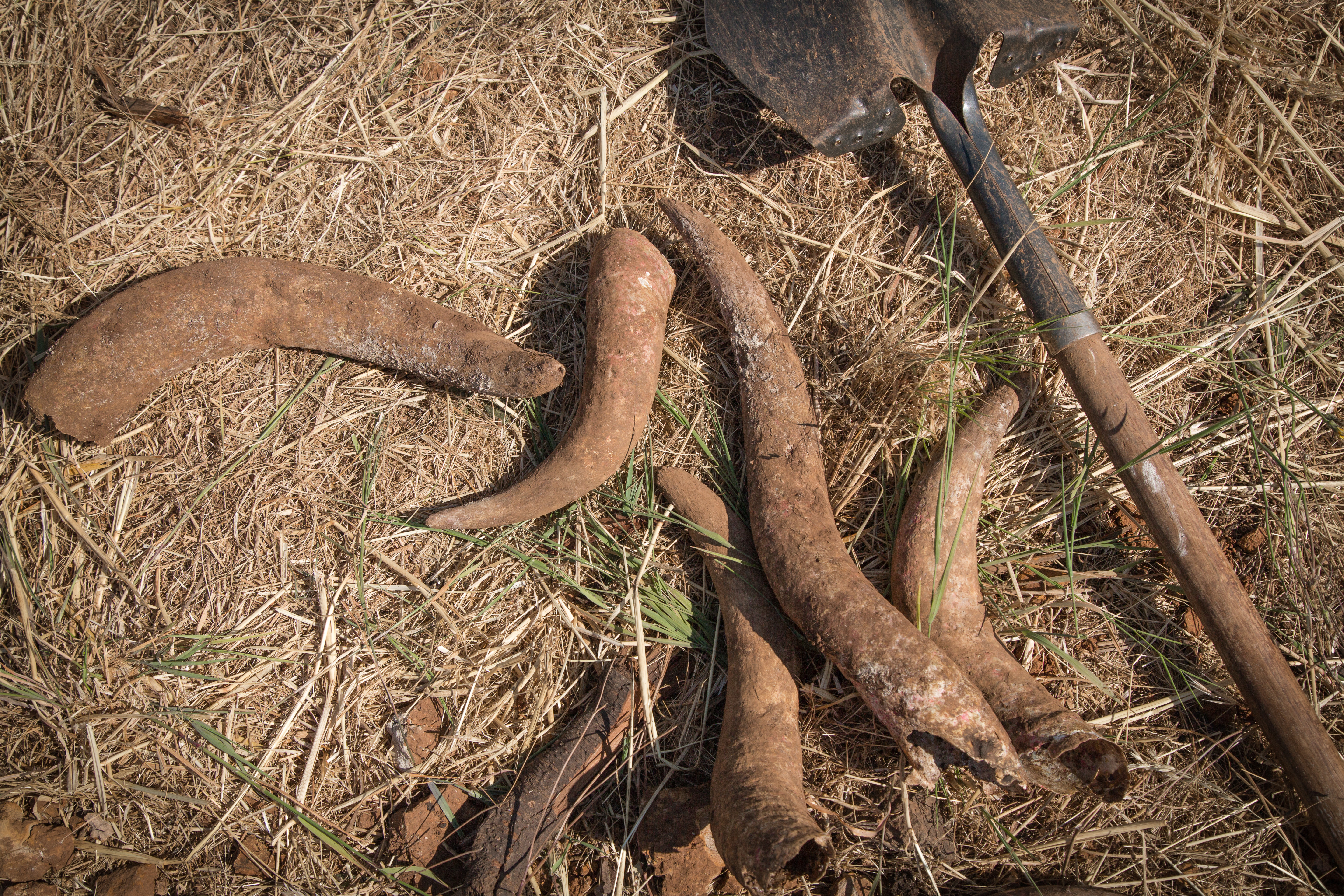Willamette Valley in Oregon is not just a haven for wine enthusiasts, but also a rich historical landscape that offers a captivating journey through time. From indigenous history to pioneer heritage, the valley is replete with sites that history lovers will find fascinating.
Day 1: McMinnville – Aviation and Pioneering Spirit
Morning:
Check in at your lodging and prepare for your adventure! Willamette Valley has no shortage of options for booking your stay. It might be wise to consider one of the Valley’s many charming bed-and-breakfast options for an opportunity to stay in a historic building alongside picturesque landscapes. Focusing your sites on lodging options within the historic downtown of McMinnville might also be exactly what is needed. Consider either Vintage Vacation Cottages or The Atticus Hotel.
Mid-Morning:
Now that you have checked in and unpacked, it is time to explore McMinnville, a town rich in both pioneering history and aviation heritage. Start at the Evergreen Aviation & Space Museum, home to the famous Spruce Goose. The museum chronicles the history of aviation and space exploration, offering a fascinating look at technological advancements through the ages.
Explore downtown McMinnville, known for its well-preserved historic buildings. Take a walking tour of Third Street, lined with charming boutiques, cafes, and antique shops housed in 19th-century structures. The McMinnville Downtown Association often offers guided tours that highlight the town’s history and architecture.
Lunch:
Dine at Crescent Cafe, a beloved local eatery on Third Street that serves simple yet delicious, home-cooked comfort food in a historic setting. Be sure to try something with Pacific Northwest ingredients like the Grilled Cheese with Tillamook cheddar or the House Salad with Oregon-grown hazelnuts and apple-cider vinaigrette. Better yet, order them both!
Afternoon:
Visit the Yamhill Valley Heritage Center. This interactive museum offers a deep dive into the agricultural history of the Willamette Valley, with exhibits ranging from antique farming equipment to pioneer artifacts. The center’s exhibits paint a vivid picture of the valley’s development and the lives of its early settlers.
Evening:
Nestled inside an 1884 brick building is La Rambla Restaurant & Social Room. A favorite with locals and tourists alike, La Rambla is known for a large (and delicious) assortment of Spanish tapas, paella, and many vegetarian-friendly options alongside an impressive wine list.

Day 2: Salem – The Heart of Oregon’s History
Morning:
Start the second day of your historical journey in Salem, Oregon’s capital. Begin at the Oregon State Capitol, an architectural marvel that offers guided tours detailing the state’s legislative history. Don’t miss the Capitol Grounds, where statues and memorials commemorate significant events and figures in Oregon’s past.
Mid-Morning:
Head over to the Willamette Heritage Center. This five-acre campus includes the Thomas Kay Woolen Mill, an iconic structure from the Industrial Revolution era, now a museum offering insights into 19th-century industry and life. The center also features other historic buildings, such as the Jason Lee House and the Methodist Parsonage, providing a vivid picture of early settler life.
Lunch:
Enjoy a meal at the Taproot Lounge & Café, a charming spot located in a historic building. The café’s ambiance and delicious locally-sourced menu make for a delightful break.
Afternoon:
After lunch, visit the Deepwood Museum & Gardens, a beautiful Queen Anne-style home from the 1890s. The house museum offers tours that reveal the lifestyles of Oregon’s prominent families at the turn of the century. The surrounding gardens, designed by the Olmsted Brothers, provide a picturesque setting for a leisurely stroll.
Evening:
Rest and relax after your busy day by treating yourself to dinner at Rosmarino Osteria Italiana for an unforgettable evening of hospitality and incredible food. Reservations are highly recommended, especially for the 5-course Oregon Winemaker’s Dinner on Friday nights.

Day 3: Historic Homes and Cultural Insights
Morning:
Begin your day in the charming town of Independence, where you can visit the Independence Heritage Museum. This small but rich museum offers exhibits on the local history, including the town’s origins as a center for hop growing and the role it played during the pioneer days.
Mid-Morning:
Travel to Dallas to explore the Polk County Museum. The museum’s extensive collection includes Native American artifacts, pioneer memorabilia, and items from the county’s agricultural past. It provides a thorough understanding of the region’s history from pre-settlement days to modern times.
Afternoon:
No trip to Willamette Valley is complete without a visit to Oregon wine country! Have lunch at Brooks Wine in Amity. Brooks Estate Vineyard was planted in 1973 and originally supported Hidden Springs Winery, the 9th bonded winery in all of Willamette Valley. In present time, Brooks is one of the most celebrated wineries in the region, boasting countless accolades for its Biodynamic wine and award-winning hospitality.
Enjoy a flight while you look over the garden and vineyard to see the rich agricultural landscape with Mt. Hood prominently displayed. The winery offers a monthly food pairing menu to compliment their wines. Each dish is available a la carte and features ingredients from their garden.
Late Afternoon:
End your historical journey in the town of Aurora, known for its well-preserved 19th-century buildings. The Old Aurora Colony Museum offers a glimpse into the life of one of Oregon’s first communities built at the end of The Oregon Trail. The museum complex includes several historic buildings, including the Ox Barn, the Steinbach Cabin, and the Kraus House, each offering unique insights into the colony’s history.
Evening:
Wind down your day with relaxing evening at Filbert’s Farmhouse Kitchen, serving comfort food with Pacific Northwest charm and hospitality. Rest well and reflect on the rich tapestry of history you have explored.
This itinerary ensures that history lovers experience the depth and breadth of Willamette Valley’s historical landscape, from pioneer settlements to agricultural heritage, all set against the stunning backdrop of Oregon’s scenic beauty.
